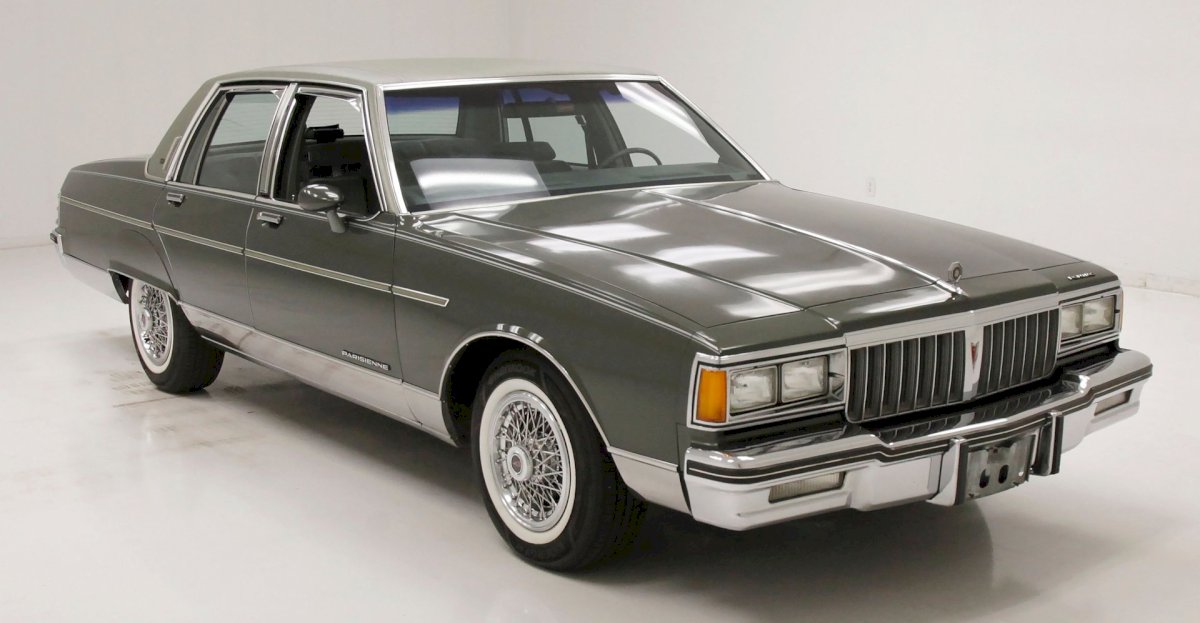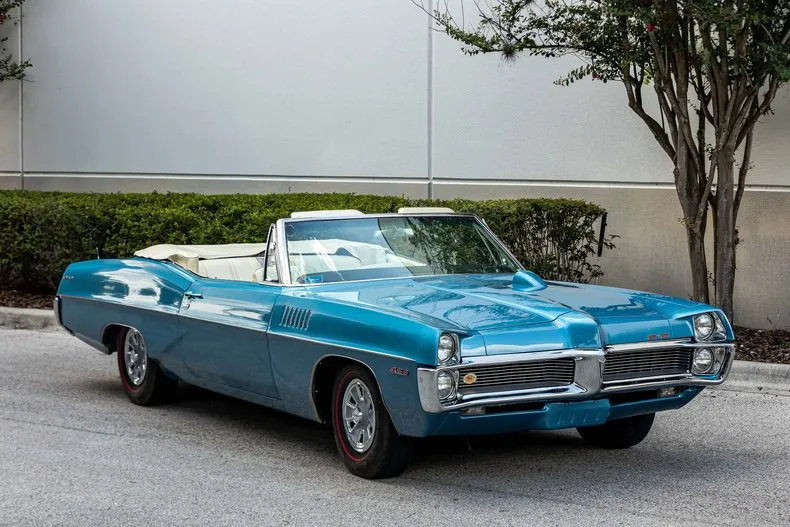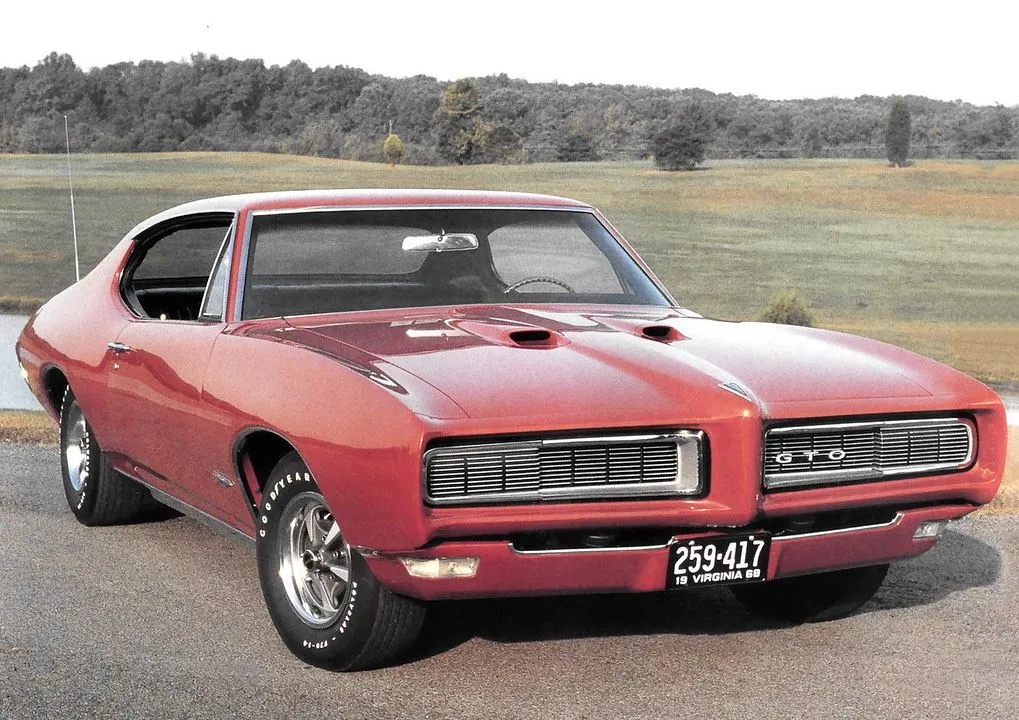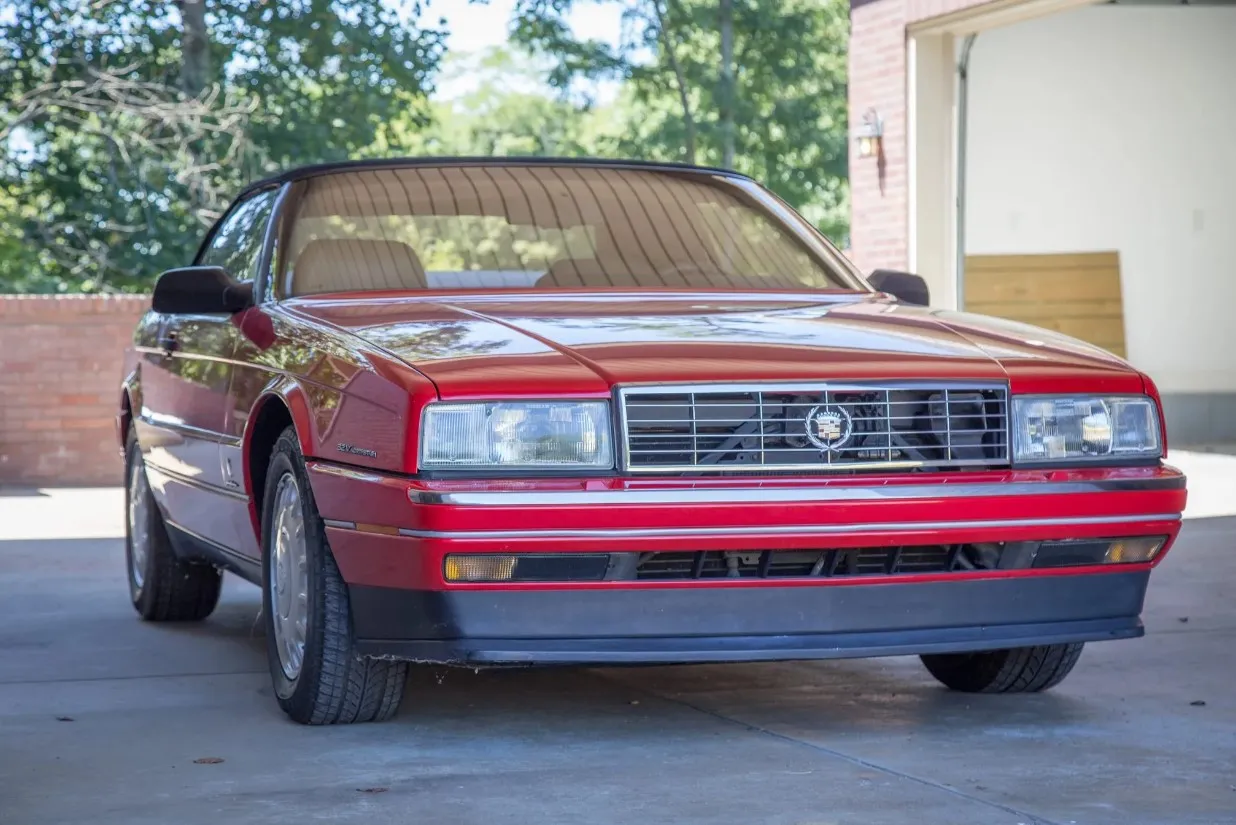In the annals of automotive history, few vehicles have achieved the iconic status and enduring appeal of the 1957 Volkswagen Beetle. Born out of post-war Germany, the Beetle, or "Volkswagen" in German, has become a symbol of reliability, affordability, and innovative design. The 1957 model year, in particular, stands as a pivotal moment in the Beetle's evolution, showcasing significant improvements and setting the stage for its global success.
Body Color: Agave Green
Engine Size: Replacement Air-Cooled 1.2L Flat-Four
Transmission Type: 4-Speed Manual Transaxle
The Roots of the Volkswagen Beetle

The origins of the Volkswagen Beetle can be traced back to the vision of Adolf Hitler and Ferdinand Porsche in the 1930s. Hitler aimed to create a "people's car" that would be affordable and accessible to the average German citizen. The result was the Volkswagen Beetle, which made its initial appearance in the late 1930s. However, it wasn't until after World War II that the Beetle truly began to make its mark.
Post-War Resurgence

The aftermath of World War II saw Germany in ruins, and the Volkswagen factory at Wolfsburg was under British control. Recognizing the potential of the Beetle, the British authorities handed over control to the British Army Major Ivan Hirst. Under Hirst's guidance, the factory was reconstructed, and production of the Beetle resumed. This marked the beginning of the Beetle's post-war resurgence, laying the foundation for its global prominence.
1957: A Pivotal Year for the Volkswagen Beetle

The 1957 model year proved to be a significant milestone for the Volkswagen Beetle. Several key enhancements and refinements were introduced, solidifying its reputation as a reliable, economical, and stylish vehicle.
More Power with the 36 Horsepower Engine

One of the notable improvements in the 1957 Volkswagen Beetle was the introduction of the 36 horsepower engine. This upgrade provided the Beetle with more power and enhanced performance, making it more suitable for diverse driving conditions. The increased horsepower contributed to the car's overall appeal, attracting a broader range of consumers.
Oval Rear Window

Another distinctive feature of the 1957 model was the introduction of the oval-shaped rear window. This design alteration not only added a touch of elegance to the Beetle's aesthetic but also improved visibility for the driver. The oval window became an iconic feature associated with the 1957 Beetle and remains a cherished design element among enthusiasts.
Two-Tone Paint Options

The 1957 Volkswagen Beetle offered a variety of two-tone paint options, allowing customers to personalize their cars. This departure from the standard single-color exteriors added a sense of flair and individuality to the Beetle, further contributing to its widespread popularity.
Synchromesh Transmission

Another notable enhancement in 1957 was the introduction of synchromesh transmission for smoother gear shifting. This improvement enhanced the overall driving experience, making the Beetle more user-friendly and enjoyable for drivers of all skill levels.
Global Impact

The 1957 Volkswagen Beetle's appeal extended far beyond its German origins, quickly becoming a global phenomenon. Its unique design, combined with its affordability and reliability, struck a chord with consumers worldwide. From the bustling streets of European cities to the winding roads of the United States, the Beetle became a ubiquitous presence, symbolizing freedom, individuality, and the spirit of the times.
Cultural Icon and Counterculture Symbol

As the Beetle gained popularity, it became more than just a mode of transportation; it became a cultural icon. In the 1960s, the Beetle found itself intertwined with the counterculture movement, symbolizing a rejection of mainstream ideals. Its compact size, distinctive appearance, and association with the youth movement made it the ideal vehicle for those seeking an alternative lifestyle.
Advertising and Endearing Campaigns

Volkswagen's advertising campaigns played a significant role in shaping the Beetle's image. The clever and endearing advertisements, often featuring whimsical illustrations and catchy slogans, emphasized the car's reliability and affordability. The "Think Small" campaign in the United States, launched in the 1960s, embraced the Beetle's compact size as an asset and resonated with consumers, further cementing its status as a cultural icon.
The Beetle in Popular Culture

The 1957 Volkswagen Beetle's influence extended to various facets of popular culture. It made appearances in films, television shows, and even found its way into art and music. The Beetle's distinctive shape and character made it a favorite among artists and creatives, immortalizing it in various forms of artistic expression.
The Beetle's Lasting Legacy

Despite undergoing several design changes over the decades, the essence of the 1957 Volkswagen Beetle remained intact. Its timeless design and enduring popularity led to the production of over 21 million units by 2003, making it one of the best-selling cars in history. The Beetle's legacy extends beyond its utilitarian function, embodying the spirit of innovation, resilience, and cultural impact.
Conclusion
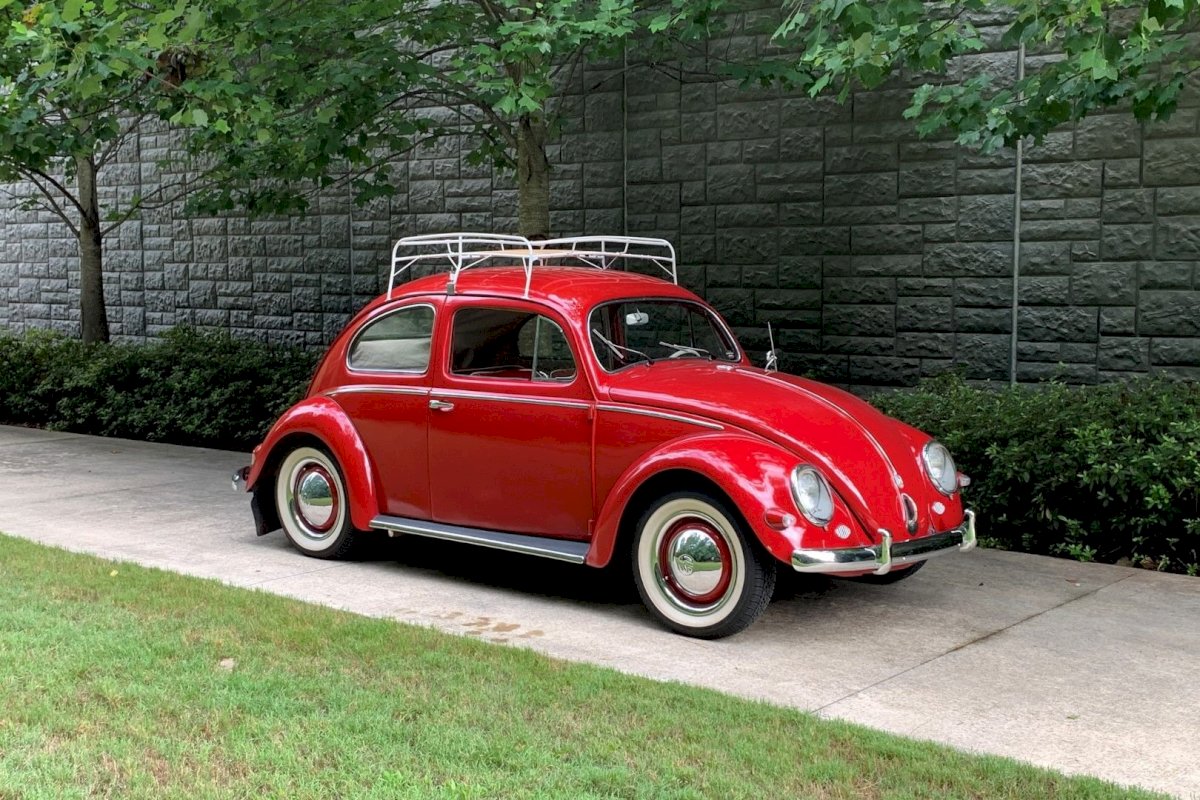
The 1957 Volkswagen Beetle holds a special place in automotive history, marking a pivotal moment in its evolution from a post-war revival to a global cultural icon. Its enduring popularity can be attributed to a combination of innovative design, reliability, and affordability. As a symbol of freedom, individuality, and counterculture, the Beetle transcended its role as a car and became a beloved and iconic part of the cultural landscape. The 1957 model, with its distinct features and improvements, serves as a testament to the enduring legacy of the Volkswagen Beetle, leaving an indelible mark on generations of drivers and enthusiasts worldwide.
Video Gallery
Photo Gallery

































